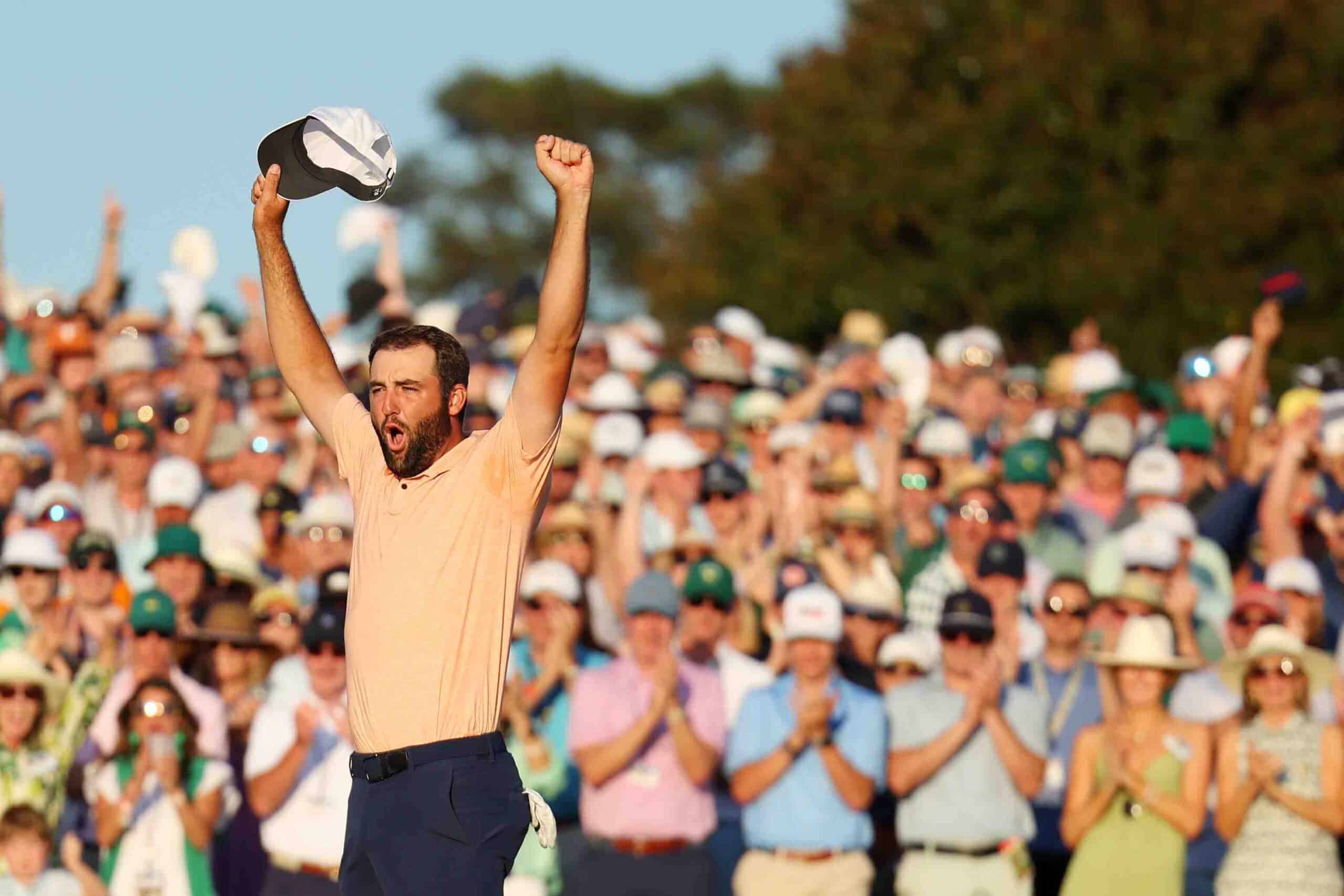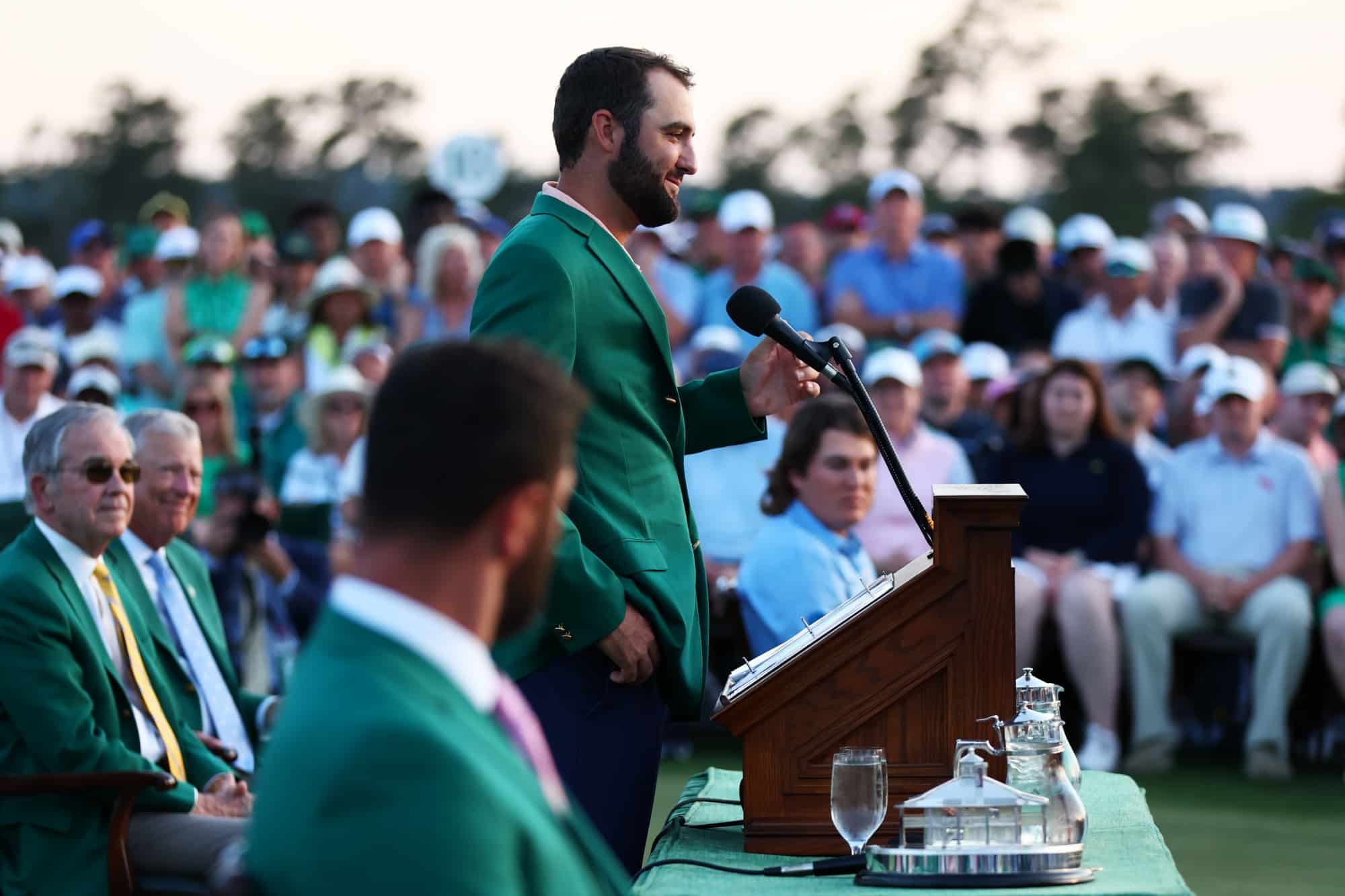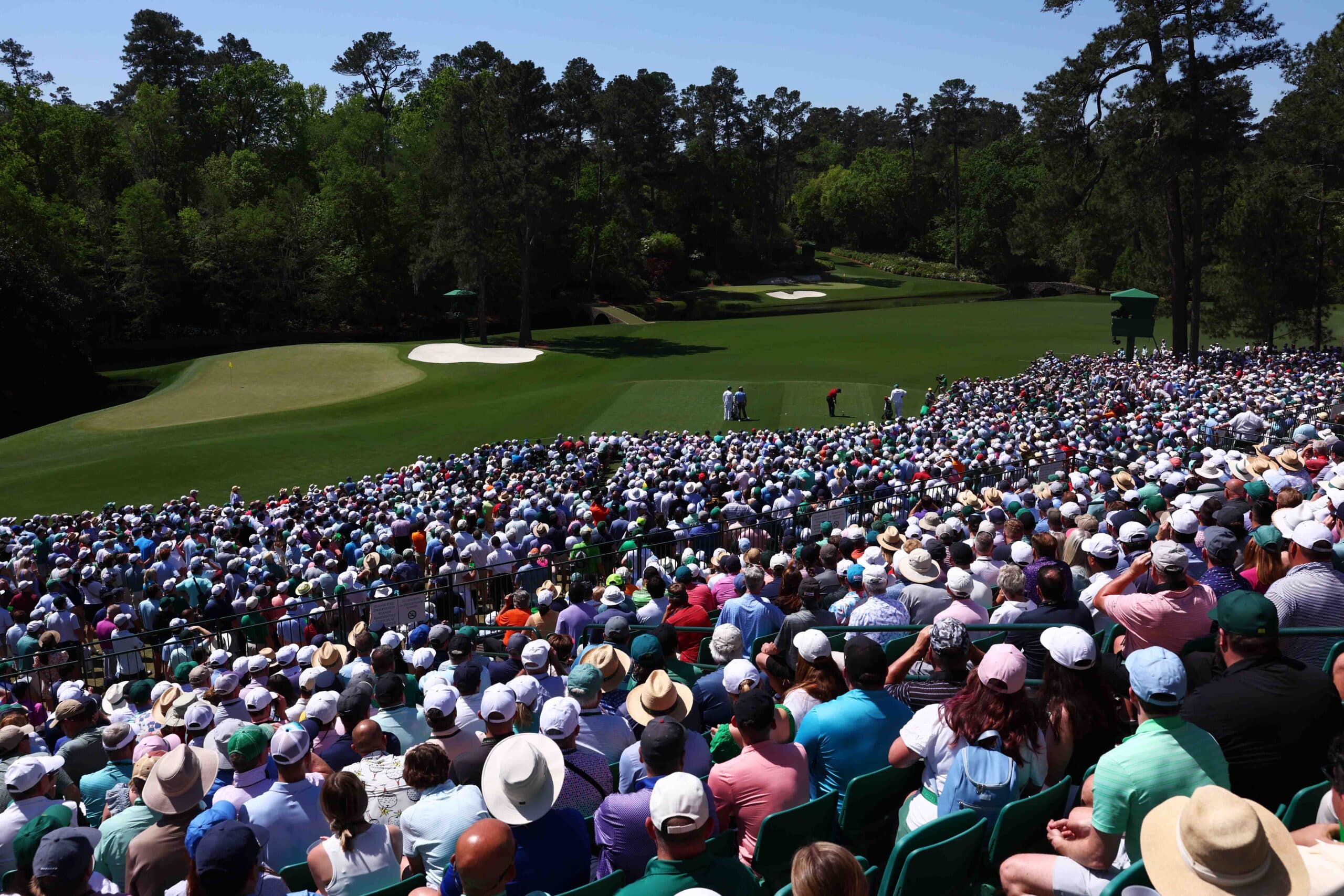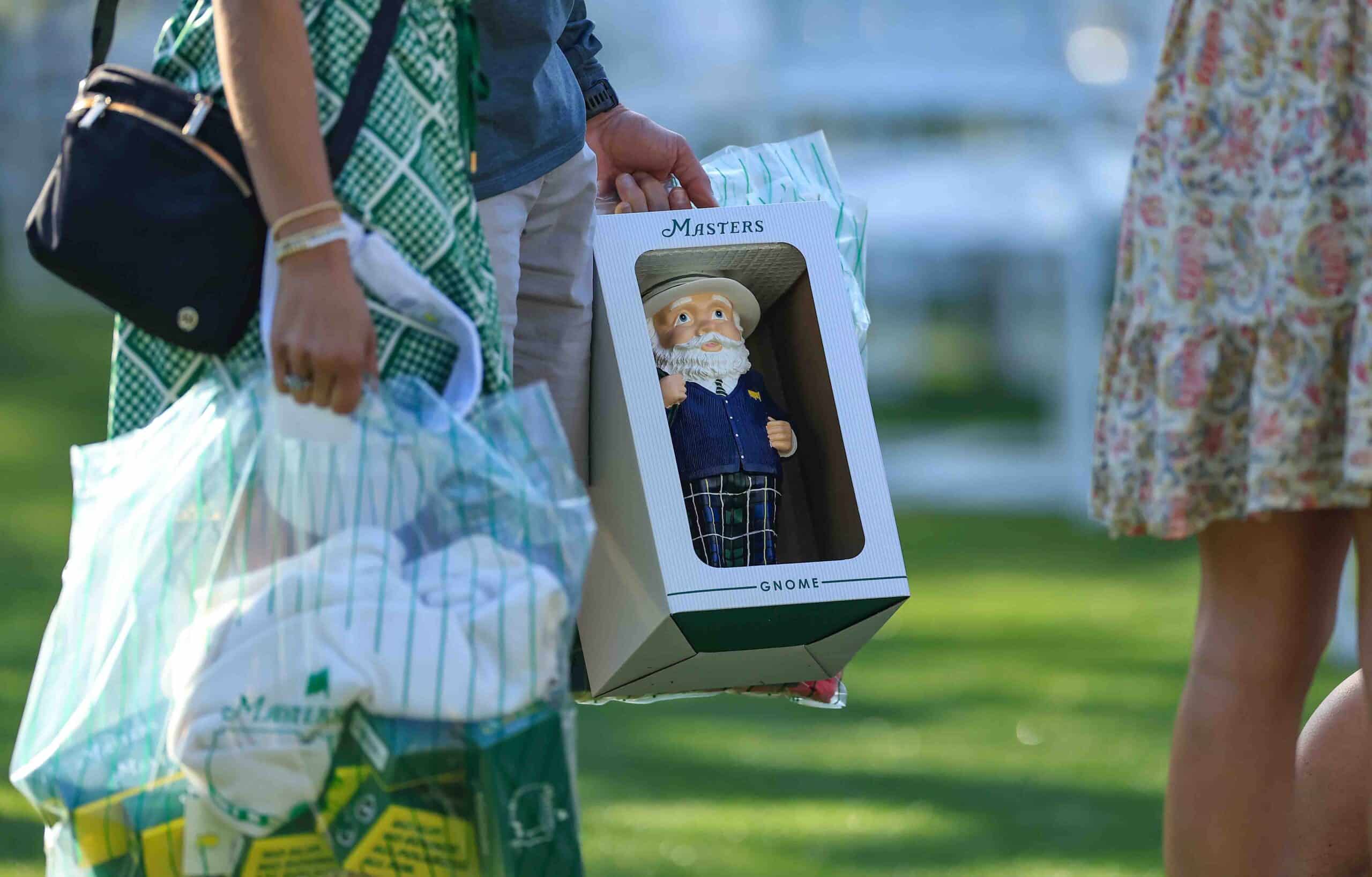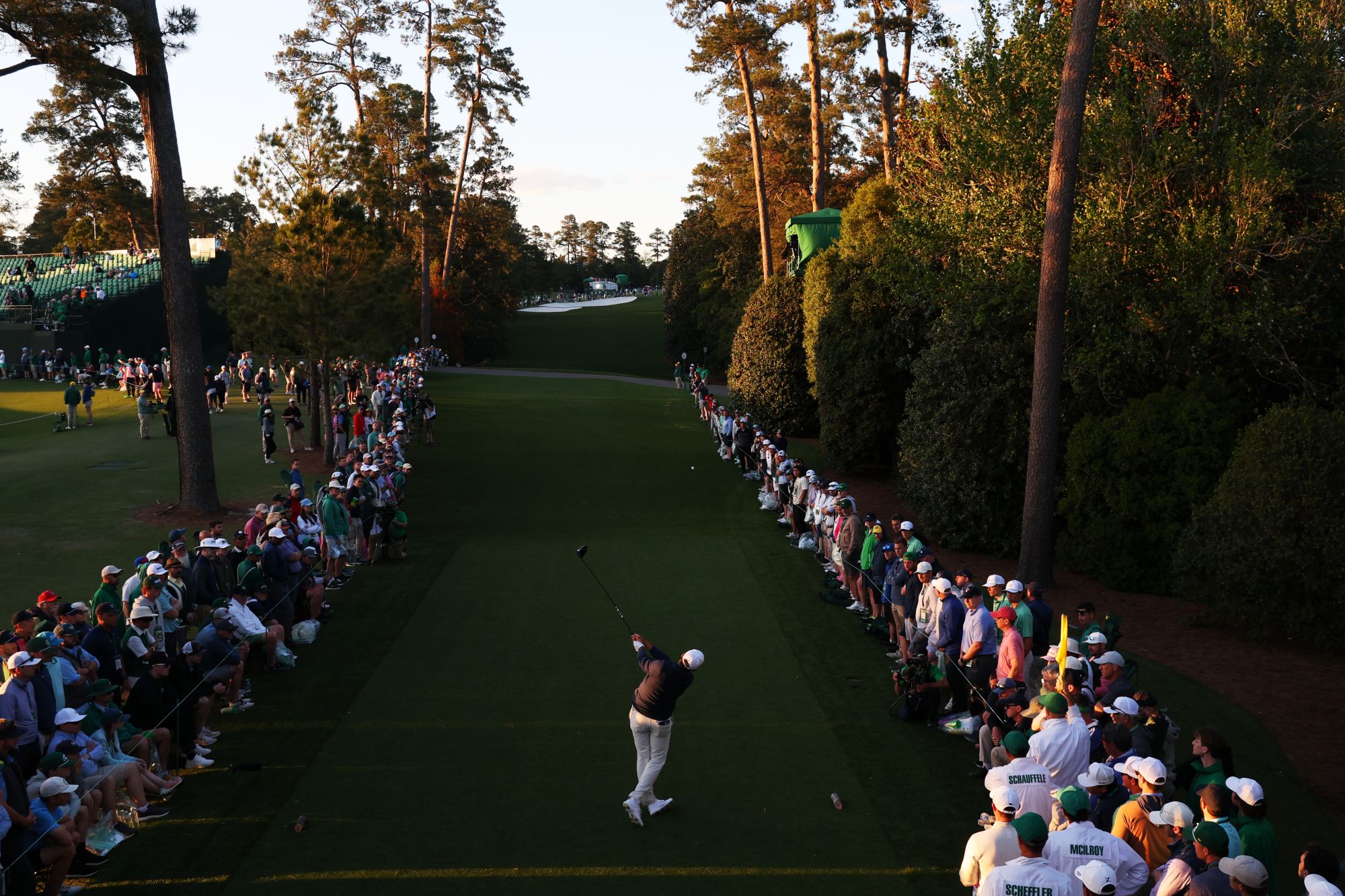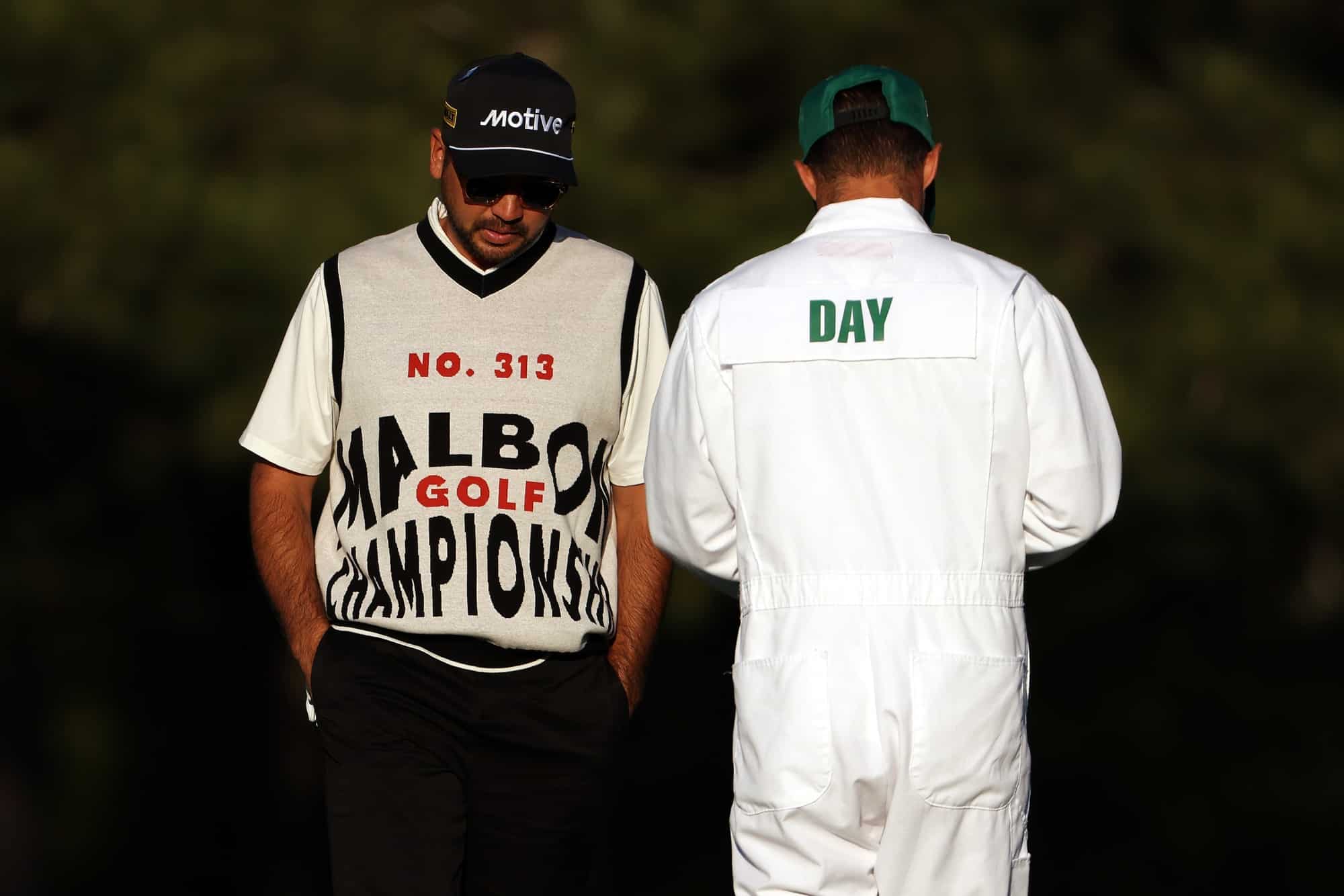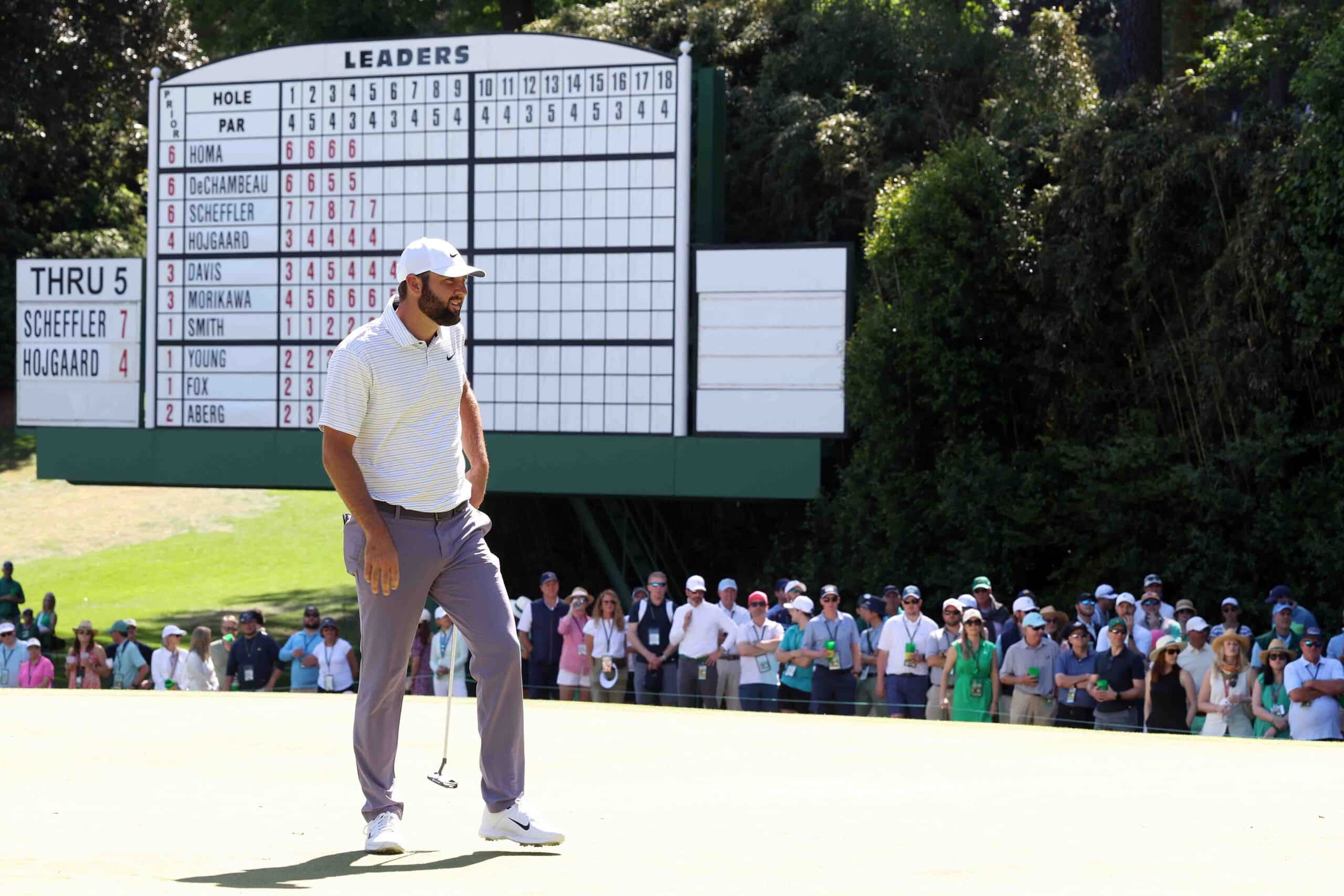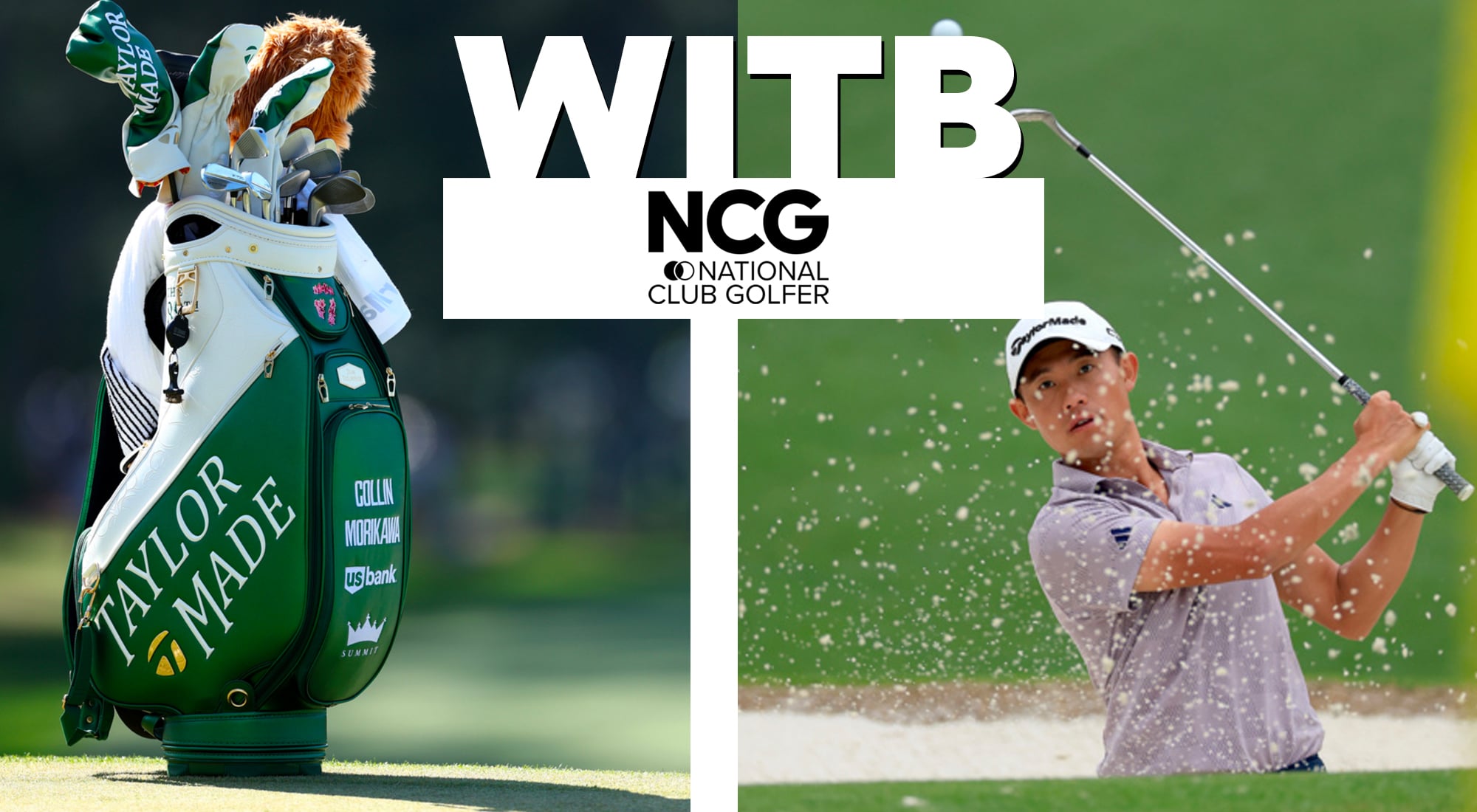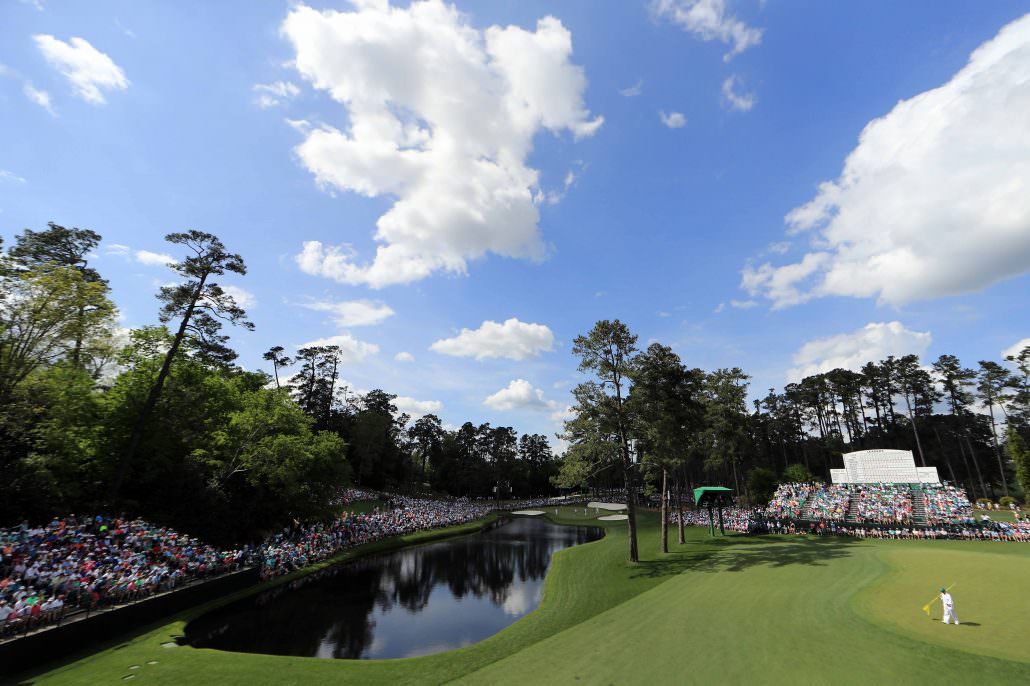
How would you tackle the 16th at Augusta National?
With the help of Shot Scope, we dive into the data to assess how the average club golfer would get on at the Masters venue’s iconic par-3 – as well as a couple of other key holes
It remains a golfer’s ultimate fantasy. Let’s be honest, the closest any of us are ever going to get to teeing it up at Augusta National is playing the famous course on the PGA Tour video game.
What if fantasy became reality? What if you got that once-in-a-lifetime chance and found yourself looking at that famous pond that guards the 16th green at the Georgia course?
Or the uphill shot into 18 that has brought Green Jacket triumph and disaster for so many at the Masters?
How would you, an average handicap player, get on? You might imagine yourself parring the iconic 9th with its unbelievably difficult narrow three-tiered green, but what do the numbers actually say?
You won’t find Augusta National on the USGA’s Course Rating and Slope Database but, with the help of Shot Scope, we’ve got some answers.
And for many of you, this is going to be fairly sober reading…
How would you get on playing the 16th at Augusta National?

Let’s start with the par-3 16th, a hole that the world’s best treat almost frivolously. When they’re not skimming balls over the pond onto the green before the tournament, they’re playing hole-in-one target practice on Sunday.
It plays 170 yards and Shot Scope pulled user proximity to the hole and green hit percentages from this distance for all handicap benchmarks. This is millions of data points hit by players from scratch to 25 on courses all over the world.
What does it show? A scratch player’s average proximity to the hole is going to be 50ft. They’re going to hit the green on 43 per cent of shots. That’s right. A zero handicapper misses more than half the time.
A five handicapper is going to be 61 feet away and are going to hit the green 38 per cent of the time. From there, though, the numbers start getting big very quickly.
Ten handicappers can expect their proximity to the hole to be 82 feet. They’ll find the putting surface only a quarter of the time. Fifteen handicappers – now we’re getting close to the average men’s handicap of 17.1 in England – are going to end up about 104 feet from the cup. Their shot will land on that lusciously manicured green 18 per cent of the time.
A 20 handicapper will be 124 feet away and a 25 handicapper 148 feet away. That’s over 49 yards from the hole!
They will hit the green just 11 and 6 times out of 100 respectively. But if that hasn’t given you a sense of how difficult the 16th is for the average player, Shot Scope’s proximity circles – laid over an aerial shot of the hole – should leave you in no doubt.

While a scratch player can relatively expect to zero in on the green, the 25-handicapper is just as likely to top one into the pond or overshoot it entirely and even find the bunker at the back of the 6th green.
Honestly? The majority of amateurs will need to hit an above average shot if they want to find this green.
They say that 100 yards and in is the scoring area and there aren’t many places at Augusta National where you need to be more accurate than the 9th and 18th greens.
That’s primarily because they back on to each other and a wayward shot on either can present some very real difficulties.
Here, Shot Scope have put the ball in the fairway at 100 yards out. How many of you would hit the green to which you were playing and how close would you get?

At the highest end of the handicap scale, they’re almost as likely to be closer to the wrong green than the one they were aiming for. A 25 handicapper will feel joy only 32 per cent of the time and, even then, they’ll still be 73 feet from the promised land of the cup.
And what about those at the very summit of amateur golf? Think it’s a shoe-in to find the green from a ton out? They’re going to miss it more than a third of the time (35 per cent). Even when they do get there you’re still going to be very much in three-putt territory at 30 feet out.

Look, we’d all still give it a go if given the chance. But if we’re really looking to excel at Augusta National, perhaps we should stick to controller pads and a console from the comfort of our own home.
Now have your say
Do you agree with those figures or do you think you’d do better? Get involved in the debate by leaving me a comment on X.
Steve Carroll

A journalist for 25 years, Steve has been immersed in club golf for almost as long. A former club captain, he has passed the Level 3 Rules of Golf exam with distinction having attended the R&A's prestigious Tournament Administrators and Referees Seminar.
Steve has officiated at a host of high-profile tournaments, including Open Regional Qualifying, PGA Fourball Championship, English Men's Senior Amateur, and the North of England Amateur Championship. In 2023, he made his international debut as part of the team that refereed England vs Switzerland U16 girls.
A part of NCG's Top 100s panel, Steve has a particular love of links golf and is frantically trying to restore his single-figure handicap. He currently floats at around 11.
Steve plays at Close House, in Newcastle, and York GC, where he is a member of the club's matches and competitions committee and referees the annual 36-hole scratch York Rose Bowl.
Having studied history at Newcastle University, he became a journalist having passed his NTCJ exams at Darlington College of Technology.
What's in Steve's bag: TaylorMade Stealth 2 driver, 3-wood, and hybrids; TaylorMade Stealth 2 irons; TaylorMade Hi-Toe, Ping ChipR, Sik Putter.


